Balconies and decks are common features of strata, owners corporation, and body corporate properties, offering residents a space to enjoy the outdoors in the comfort of their homes. But like all other building components, they also require regular maintenance, inspections, and sometimes repairs.
When it comes to balconies and decks, minor undetected issues and defects left unresolved could be the starting point of major damages impacting the structure and stability of the property. To help minimise repair costs, maintain safety, and protect your property’s value in the long run, owners and body corporations should understand their responsibilities regarding balconies and decks.
But sometimes, things aren’t as straightforward as we want them to be. Due to the complexity of community living, there is often confusion around whether balconies are part of common property or a lot and who is responsible for the upkeep.
A strata deck or balcony is often seen as an extension of your living space, a private oasis that offers a blend of indoor comfort with the allure of the outdoors. It’s important to understand what makes up a strata deck or balcony to help both owners and body corporates or owners corporation perform appropriate inspections, maintenance and repairs so that these spaces are safe and can be enjoyed to their fullest.

A balcony's structural framework includes slabs or supporting beams and posts that form the base and structure of the deck or balcony.

Balustrades, columns, and railings
These features are essential for safety and help prevent falls from the deck or balcony. They can be made from various materials, including wood, metal, or glass.

Airspace
The enclosed space and any fittings or fixtures within the boundary of the deck or balcony.

Surface tiles
These cover the surface of the deck or balcony. Not only do they enhance the look of the outdoor space, but they also offer a layer of protection to the structural elements.

Concrete slab elements
This could include the ceiling, doors, windows, walls, and any awnings or pergolas attached to the balcony.

Waterproof membrane
This important component is located beneath the surface tiles and is designed to prevent water from seeping into and damaging the structural elements of the deck or balcony.
Decks and balconies in strata, owners corporation, and body corporate properties often encounter several common issues. Identifying and addressing these issues early is crucial to maintaining the structural integrity, safety, and usability of these spaces.
Water damage is the most common issue with strata, owners corporation, and body corporate balconies. A balcony with minimal ’fall’” is susceptible to water pooling and moisture between the membrane and tiles, known as ;’ponding’.
If the waterproofing membrane cannot withstand ponding water, the membrane will break down over time, causing water leaks. Waterlogging can also cause joint failure, leading to leaks.
Leaks to the lot below are usually indicators of a waterproof membrane failure. If you have water ingress from the lot above or common property, report this to the strata committee or your strata manager.
A common sign of water ingress in balconies is the appearance of crusty white mineral salt deposits on a masonry surface. The following are some of the most common causes of balcony leaks:
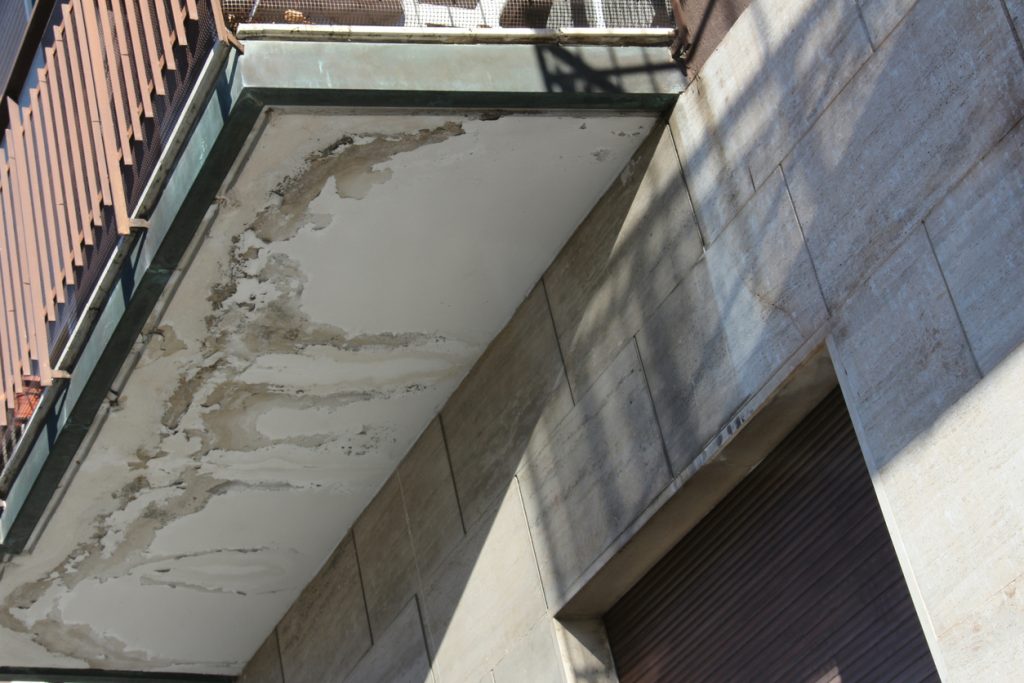
Tiles are laid over the waterproof membrane to which they bond, protecting the membrane. This prevents leaks from penetrating the lot below and protects the concrete slab.
Cracked or lifted tiles need to be repaired as soon as possible, as the movement of the tiles can tear the waterproof membrane. Depending on the strata scheme, titles may be the responsibility of the owners corporation or the lot owner to repair. Check with your strata manager or committee if you are unsure.
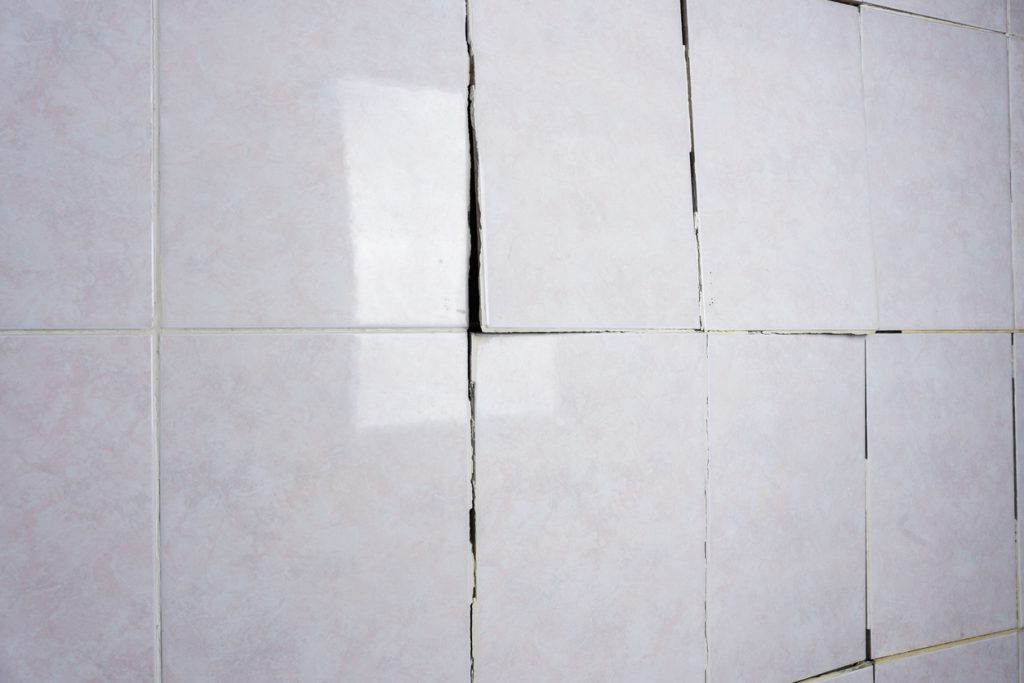
The most common balustrade issue is a breakdown of the connection to the slab. Furthermore, if bolts are used, they can rust, weakening the structure. This is because materials such as concrete, steel, wood or glass are open to the elements and erosion or other deterioration can occur.
Therefore, regular maintenance is critical to ensure the safety of balcony railings. Concrete and steel balustrades should be regularly inspected, cleaned and painted to help seal the structure and prevent rust.

Concrete cancer or concrete spalling can destroy a building. However, for most buildings, concrete cancer is a treatable problem. Preventative maintenance is again crucial to avoid larger issues. Balconies should be regularly checked and painted in concrete buildings as part of routine maintenance. The paint seals the concrete against moisture penetration. A professional painter will inspect the building before painting and identify spalling issues.

In strata, owners corporation, or body corporate properties, recurring issues often involve cladding and structural building defects. Frequently reported problems include gaps in balcony handrails adjacent to the wall and visible cracks in stairs. Moreover, in recent years, combustible cladding and shatter-prone faulty balcony glass panels have surfaced as significant safety concerns. These hazards necessitate consistent and regular inspections to check for any signs of deterioration. Property owners can contribute to a safer living environment for all residents by learning about common issues and addressing them quickly. Regular maintenance checks and professional inspections are essential for early detection and timely resolution of these types of issues.
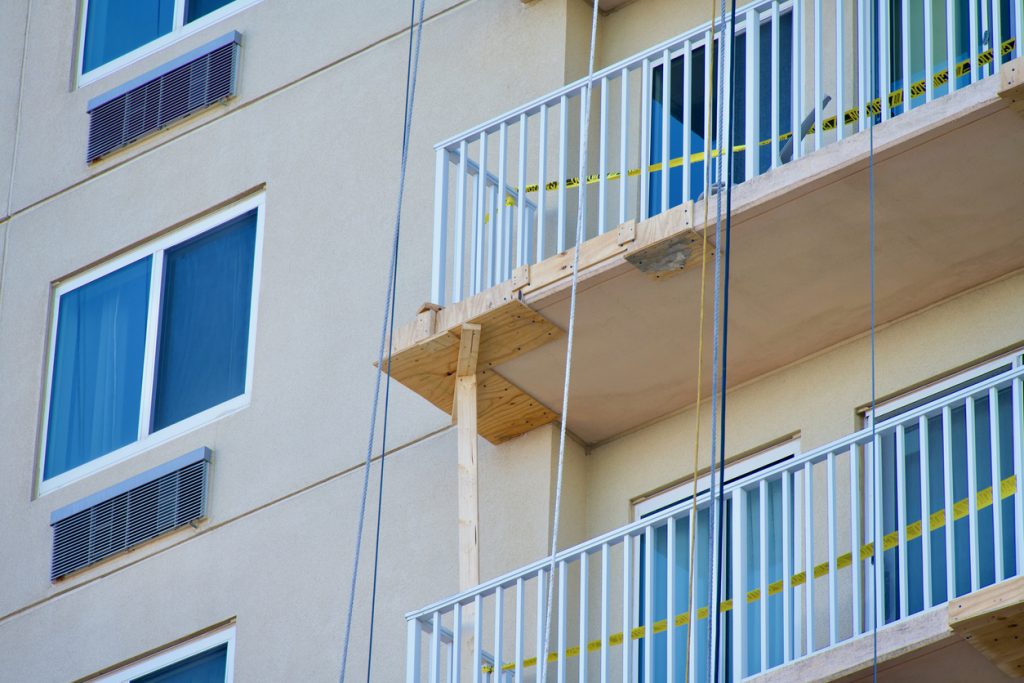
Usually, when it comes to general repairs and maintenance duties, lot owners handle repairs within their lot’s airspace, while the owners corporation or body corporate takes care of common property.
It is also important to remember that all property owners form the body corporate or owners corporation, have a collective responsibility for the upkeep of common property. These shared duties can consist of financial contributions and participating in key voting decisions to help manage these areas.
To help complete these responsibilities, the owners corporation or body corporate can also collaborate with several industry professionals, such as strata managers and service contractors, to help repair and maintain the property. Furthermore, the committee can collect and budget the levies from all owners to pay for necessary repairs and maintenance work for the owners corporation or body corporate.
However, when it comes to balconies, things are slightly more complex. Determining if the walls, windows, and doors are part of common property depends on the details and date of the plan’s registration with the body corporate or owners corporation scheme. In addition, any exclusive-use by-laws unique to the property can also impact these duties. Therefore, it’s important to understand the scheme’s registered plan and by-laws to help know who is responsible for fixing or maintaining balcony or deck repairs.
In New South Wales, the division of balcony maintenance tasks within strata properties typically hinges on the strata plan’s registration date and the specific details that outline what elements are considered common property. Furthermore, the strata by-laws can provide guidelines on repair and maintenance responsibilities.
Some strata plans in NSW may also adopt the common property memorandum under the Strata Schemes Management Regulation 2016, which would help outline repair and maintenance duties for owners and owners corporations. Below is a general outline of how balcony and repair responsibilities are split if the strata plan or by-laws outline no specific details.
Owners | Owners corporation |
|
|
In Queensland, repair and maintenance responsibilities are determined by whether the body corporate is registered as a building or standard format plan. For both types, the owner is generally responsible for maintaining and repairing areas within their exclusive-use lot unless stated otherwise by the by-laws.
However, the key difference between the two format plans lies in how the property boundaries define common property and responsibilities. If you are unsure of which plan your property operates under, it is best to consult with your committee or body corporate manager. Otherwise, a copy can also be purchased from Titles Queensland.
Below is a view of the key differences in responsibilities across both types of format plans:
Building format plans | Standard format plans |
Body corporates: For this type of plan, the body corporate is responsible for external structural elements considered common property, even if it is part of the owner’s private lot. This could include balcony railings, waterproofing membranes, and balustrades, even though they are within private property.
Lot owners: Owners under this plan are only responsible for the balcony elements that fall inside the lot, such as fixtures, fittings, doors and windows leading onto the balcony. | Body corporates: Standard format plans do not include structural elements as part of the body corporates responsibility. This would mean their maintenance duties mainly fall under shared areas such as roads, gardens, and swimming pools.
Lot owners: Unlike the building format plan, the responsibility for the structural elements of private property buildings falls with the owner. This includes balcony railings, exterior walls, building foundations, tiles and painting.
|
In Victoria, structural building elements may not always be considered common property. Hence, duties to repair and maintain balconies can sometimes fall on the owner. Therefore, checking the boundaries set out in the subdivision plan is essential. The key factors that determine balcony repairs and maintenance responsibilities depend on the type of boundary.
Owners | Owners corporations |
· Balcony elements on the exterior facing boundaries are the owner’s responsibility. · For median boundaries, between another owner’s lot or owners corporation common property, the owner may share the responsibility with the other side.
| · Balcony elements on interior-facing boundaries are defined as common property and, therefore, the owners corporation’s responsibility. · For median boundaries between common property and private lots, the owners corporation may share responsibility with the owner. |
In addition, owners are responsible for maintaining and repairing their lot so that it is in good condition and consistent with the appearance of the building and common property. However, the owners corporation may have a right to enforce specific rules on alterations on any work that can impact the exterior of the building. This means that an owner may be required to obtain permission before performing work on their balconies, such as:
– Repainting the exterior.
– Replacing blinds and window coverings.
– Alter the building structure.
– Installing new railings or windows.
Furthermore, lot owners may sometimes have to contribute to the cost of repairs, irrespective of whether they directly benefit from the work. In a recent VCAT case, an owners corporation had passed a special resolution to issue special levies for balcony repairs for the whole building. However, given the high cost of these works, a two-pronged approach for funding is based on lot liability and exclusive use. This meant that the special levy costs would be split among all owners, regardless of whether they had a balcony. This case signifies that collective financial contributions may sometimes be necessary for repairs done to the whole building, even if some residents don’t directly benefit from the repair or maintenance works.
Macaulay J (2013), ‘Mashane Pty Ltd v Owners Corporation RN 32857′ Mashane Pty Ltd v Owners Corporation RN 328577 (2013) VSC 417, accessed 2 August 2024, https://jade.io/article/299927?at.p=index
In the Northern Territory, the responsibilities for balcony repair and maintenance largely depend on the boundaries delineated in the subdivision plan and legislation. Understanding these provisions is important for individual owners and corporations to ensure a well-maintained living environment.
Generally, lot owners own the airspace within their unit, including their exclusive use balconies, whilst the body corporate is responsible for the main structure and common property of the strata corporation’s building.
The Strata Community Association of the NT has prepared common property guidelines to help owners and committees determine who is responsible for allocating costs to the various parties. Below is a general guide on dividing balcony repair and maintenance responsibilities. However, please note that these duties can vary significantly for each body corporate. Hence, checking the strata plan and by-laws for further clarity is important.
Owners | Body corporates |
|
|
In Tasmania, the division of maintenance responsibilities depends on the strata plan’s boundaries that divide private lots into common property. Owners are responsible for their private lot, including tenancies and exclusive use areas. On the other hand, body corporates are accountable for spaces that are outlined as common property.
Below is a basic guide to the general division of balcony and deck upkeep responsibilities between owners and body corporates in strata corporations.
Owners | Body corporates |
|
|
It is important to remember that everyone plays a key role in the upkeep of the property so that it is well-maintained and safe for all residents. However, there are a multitude of factors that may also impact balcony responsibilities within a body corporate and owner corporations.
While body corporates and owners corporation have a significant role in maintaining common property, owners also should take proactive steps to take care of their private balconies, pay any special levies and abide by by-laws or building rules.
At times, owners corporations or body corporates may be required to raise special levies that cover the costs of unforeseen repairs and maintenance work that had not been accounted for. These amounts are proposed at a general meeting and are additional expenses to the lot owners' administrative and capital works or sinking fund levies. To minimise the risk of special levies arising unexpectedly, owners should also take proactive steps to keep their areas well-maintained and raise any potential issues that potentially cause damages to common property, as this is a shared cost.

Any planned changes owners would like to make for their balcony should be discussed with your owners corporation or body corporate before any work is undertaken. In some cases, permission may be required from an owner if they are looking to do specific repair and maintenance activities that could impact the appearance or structure of the building, even if it is within their private lot. It is best to check with your committee or strata manager first on the process for any minor and major work that needs to be done. In addition, the body corporate or owners corporation can sometimes offer or arrange services for which lot owners or occupiers are responsible. Examples include organising cleaning or painting exteriors of lots, mowing yards within lots, arranging pest inspections or treatments, supplying electricity or other services used by lot occupiers, or supplying communication services to lots. This could be more cost-efficient or easier as the body corporate or owners corporation can arrange it for many lots at once through a general meeting resolution or agreement.
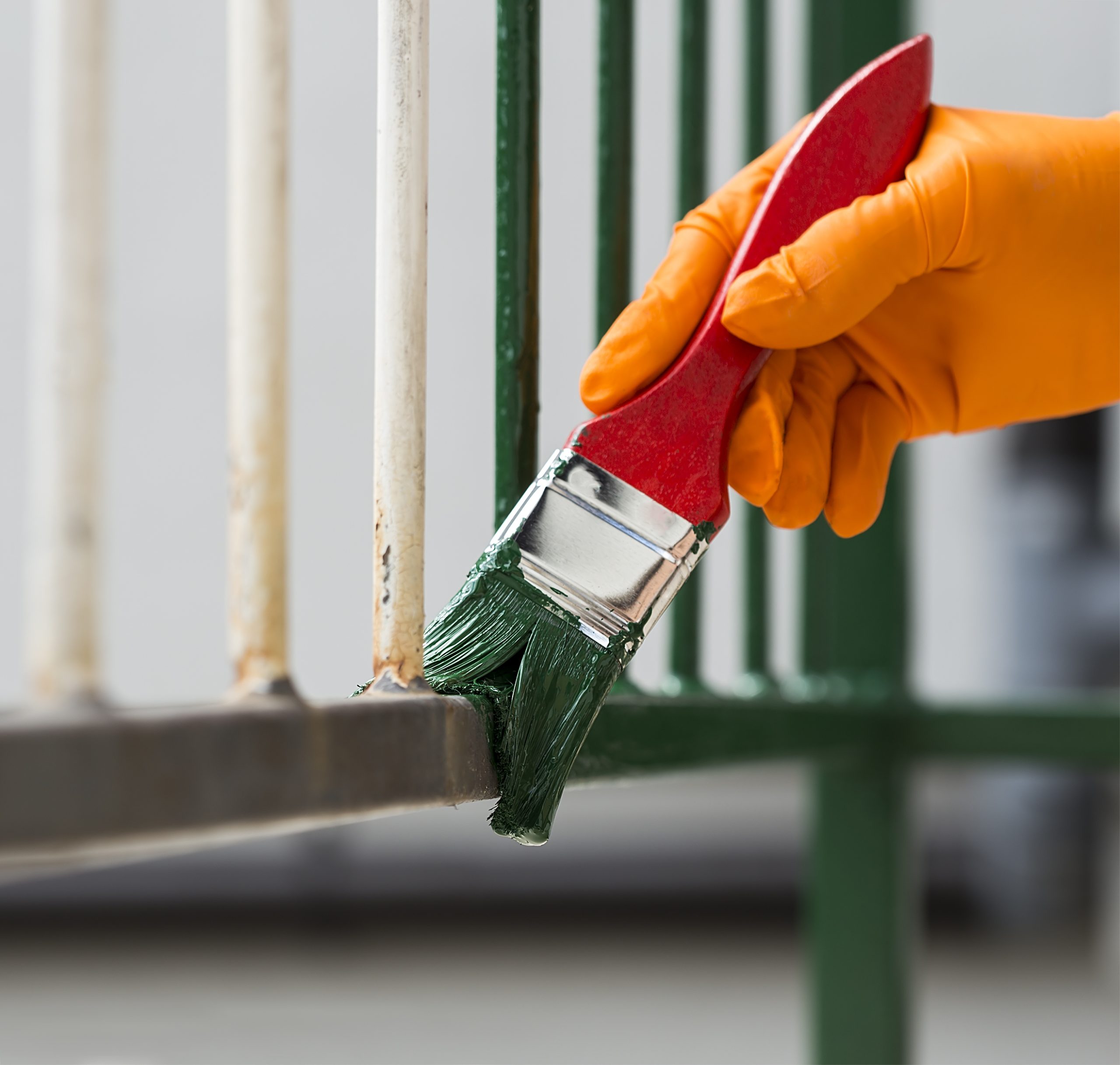
Furthermore, although the lot owner owns the airspace on their balcony, they still may be subject to further restrictions on what can and cannot be done on a balcony, such as hanging out washing, having BBQs, the types of furniture permitted, or smoking.
Therefore, it is important to review your by-laws on what can and can't be done.
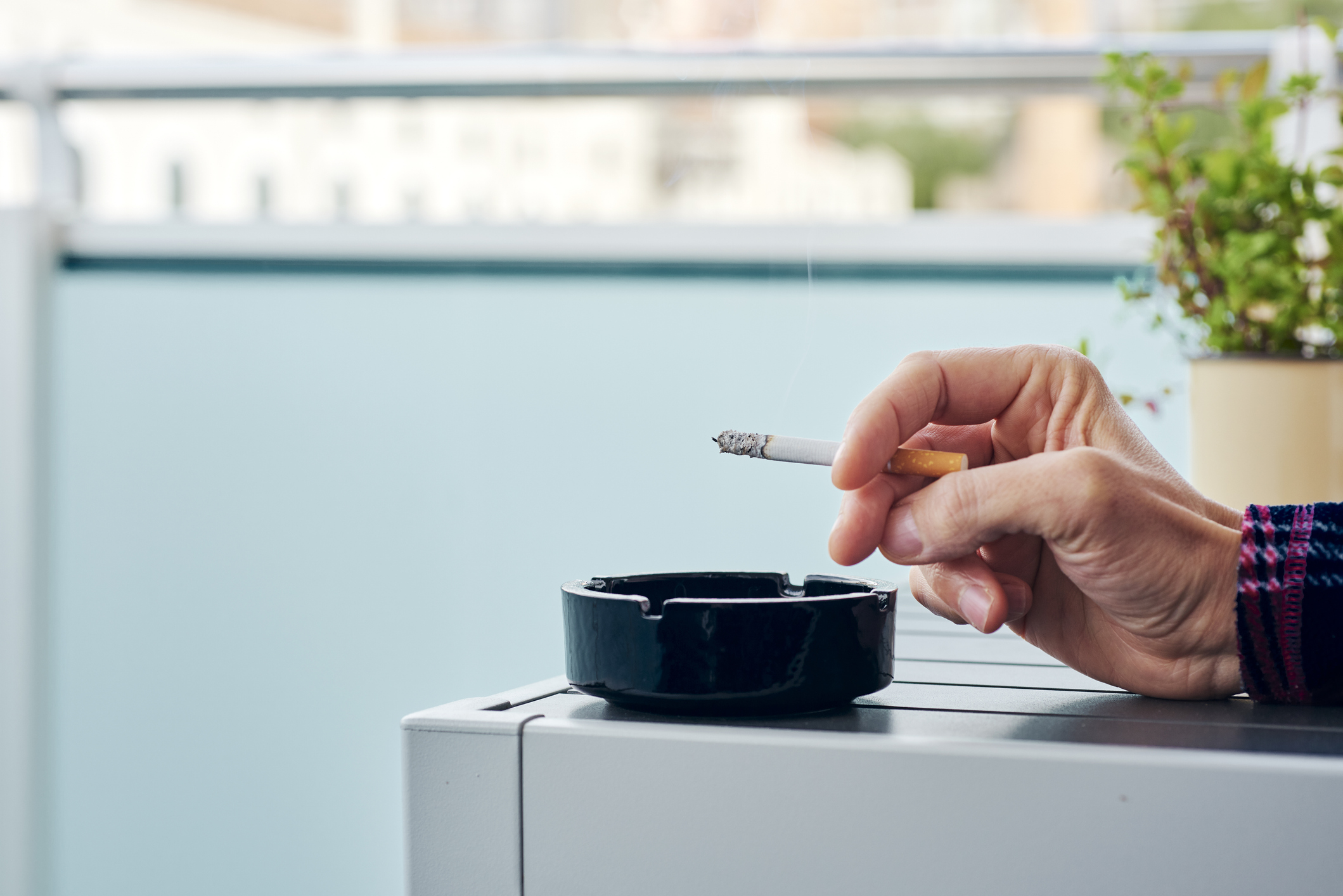
Balcony and deck defects are more serious as they may affect the stability of the building and may not be fixed easily or quickly. They may significantly increase your exposure to property or liability claims. So, if these kinds of defects are found in your building, your insurance provider may scrutinise how quickly and what kind of remedial actions were taken.
There have been several recent incidents involving balconies and decks that resulted in injury and death, so balconies, decks, fences and railings must meet the requirements of the Building Code of Australia and relevant Australian Standards.
Being extra safety conscious with decks and balconies is important as they are often above ground level, which increases the risk of severe injuries from accidents.
Most decks and balconies will be built from timber, steel or concrete – or a combination of these materials. Over time, several things can influence the structure’s safety, such as corrosive environments, particularly on the coast, affecting steel structures and components, steel reinforcements and fixings such as bolts and fixing plates. Take care of these aspects by regularly inspecting them during your maintenance checks.
Balconies should be checked and painted in concrete buildings as part of their regular maintenance. The paint seals the concrete against moisture penetration. Refer to a professional painter for guidance, as they can inspect the building before painting and will identify spalling issues before painting.
Before renewing your agreement, take a moment to compare your options. Our quick and easy form can be completed in less than 30 seconds.
Although repair and maintenance responsibilities are usually divided, it is important to remember that every owner holds a shared responsibility for the upkeep of the property in some way, shape or form. If your building is well-managed, it will retain its value and make it easier for you to rent it out or find a buyer when the time comes to sell.
To help make the process easier, the owners corporation or body corporate can also collaborate with several industry professionals, such as strata managers and service contractors, to help repair and maintain the property.
If you’d like to learn more about building compliance for your strata property, download our FREE building compliance guide.
This article is edited by Lauren Shaw Regional General Manager and Licensee-in-Charge on August 2024.